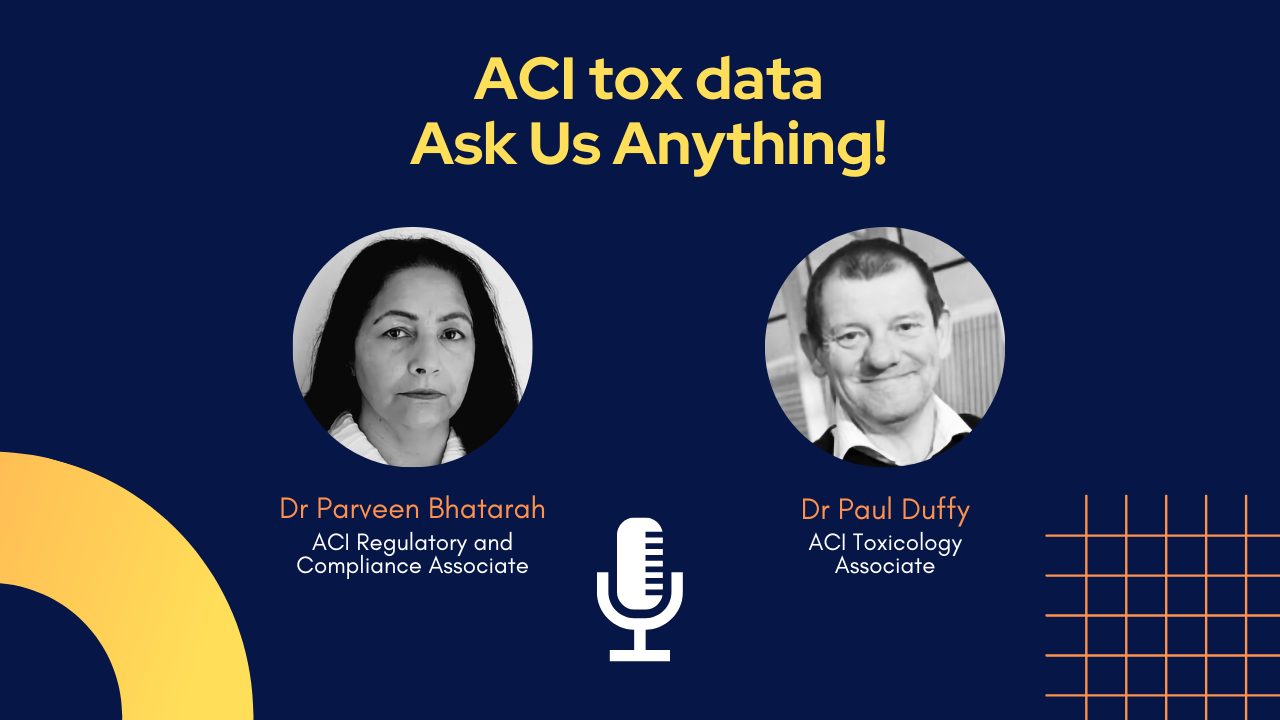How does CBD work in the body? What does the research say? And, does it really work? This is the endocannabinoid system explained.
In this introduction to the endocannabinoid system, we’ll explain the terms, functions and meaning behind this biological system that has the wellness world talking.
What is the Endocannabinoid System?
If CBD interests you, it’s important to know the basics when it comes to the Endocannabinoid System (ECS). Put simply, the ECS is an internal system, which we all have that plays a vital role in maintaining the right balance in the body and mind known as homeostasis.
If you’re thinking, ‘why haven’t I heard of this before?’ You’re not alone.
The ECS is a biological modulatory system present in the central nervous system of most vertebrates as well as in peripheral tissues. It consists of two main endocannabinoid receptors, their endogenous ligands (endocannabinoids) and a number of specialised enzymes.
Most species in the animal kingdom have this biological system but it wasn’t until recent years that its significance emerged in the broader wellness category.
Cannabinoid Receptors – these watchdogs live on the barriers of our cells so as to spy on other cells and report back on imbalances so that action can be taken to resolve what is causing the problem. There are two cannabinoid receptors – CB1 and CB2.
CB1 receptors can be found in the brain, lungs, gut, reproductive organs, muscle and the cardiovascular system.
CB2 receptors are found in bones, the spleen and in the skin, the body’s largest organ. In some places, both receptors may be found together.
Endocannabinoids – these messengers are made by the body. These molecules serve the cannabinoid receptors, activating them, and feeding them information. These two parts work together like a lock and key system.
Metabolic Enzymes – just like any top secret message, sometimes the evidence needs to be destroyed. Once an endocannabinoid has delivered its report to a cannabinoid receptor, it has served its purpose and can retire. The metabolic enzymes destroy the endocannabinoids after they have delivered their message.
Why is the Endocannabinoid System important?
The ECS is the main focal point for any cannabinoid that enters the body. It’s the ‘why’ behind taking CBD. It’s the reason why people feel noticeable effects and improvements to their quality of life from incorporating cannabinoids into their routines. This system is designed to manage our internal balance so that our physiological functions don’t stray off course.
Dr Parveen Bhatarah is Regulatory and Compliance Lead at the Centre for Medicinal Cannabis and the Association for the Cannabinoid Industry. With a PhD in organic chemistry from Imperial College London and a fellowship with the Royal Society of Chemistry, Dr Bhatarah has 20 years’ experience in the pharmaceutical sector. She believes the Endocannabinoid System is “one of the most widespread and versatile signalling systems known to man.”
The ECS is an integral part of the nervous system, with strong links and ongoing research in these key areas:
- learning and memory
- sleep
- mood
- how we feel pain
- how we respond to stress
- appetite
- fertility and the female reproductive system
- behavioural addiction
There is a growing body of evidence and research to support the case for the ECS in managing some chronic illnesses and disease, with more clinical investigations underway in this area now than ever before.
Homeostasis and the Endocannabinoid System
The significance of the ECS is closely linked to homeostasis. For those unfamiliar, this term refers to the optimal conditions human beings need in the body in order to live. Homeostasis is the maintenance of a constant internal environment, despite changes in our internal and external conditions. Blood glucose concentration, body temperature and water levels are all understood to affect this balance.
What exactly happens when CBD is ingested?
“CBD stimulates the ECS, helping to promote homeostasis in the body.” says Dr Bhatarah, “What is unique about CBD is how it interacts with the ECS. Unlike THC, CBD gives no psychoactive effect.”
One of the main impacts of CBD on neuroreceptors is inhibiting the enzyme and this can alter how long the endocannabinoid messengers stay attached to the cannabinoid receptors for – remember from earlier in this article, these components work like a lock and key system.
CBD makes the enzyme that should ordinarily break down endocannabinoids not work as efficiently (without the influence of CBD).
The result is an increased supply of endocannabinoids in the body which allows the ECS to have a better impact. Ultimately, CBD boosts the performance rate of the ECS.
Depending on the problem, the ECS (and CBD) can play a role in reducing inflammation, managing stress and pain, boosting mood, helping us to sleep better and ultimately in restoring balance to the central nervous system.
CBD stimulates the ECS, helping to promote homeostasis in the body. What is unique about CBD is how it interacts with the ECS. Unlike THC, CBD gives no psychoactive effect.
Dr Parveen Bhatarah, Regulatory and Compliance Lead at the Centre for Medicinal Cannabis and the Association for the Cannabinoid Industry.
Dr Bhatarah adds, “We know the ECS is involved in a wide variety of processes, including pain, memory, mood, appetite, stress, sleep, metabolism, immune and reproductive function. Although research is only starting to rise, the results to date show a promising future for health issues.”
What does the latest research say?
In 2021, the role of the ECS was reviewed twice in Frontier Pharmacology. In December, researchers investigating its potential in the pathophysiology of depression concluded there is, “a great level of inseparability between the components of the Endocannabinoid system and the underlying circuits of major depressive disorder.”
Meanwhile in a review published on the Endocannabinoid system with respect to quality of life, researchers said:
“To live a better life implies in a vigilant ECS, through healthy diet selection (based on a balanced omega-3 and -6 polyunsaturated fatty acids), weekly exercises and meditation therapy, all of which regulating eCBs levels, surrounded by a constructive social network.”





